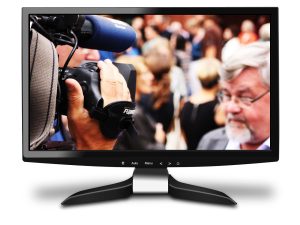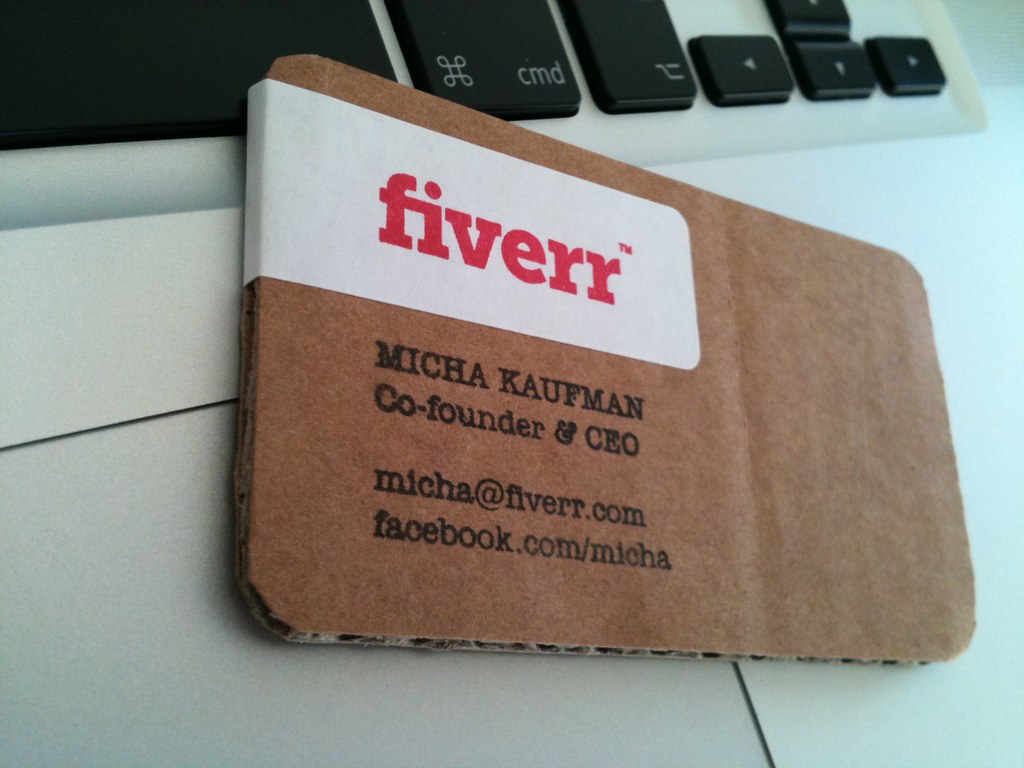 HOW TO GET STARTED
HOW TO GET STARTED
Another way to earn money online is by selling physical products on sites like Amazon and eBay. While you may not earn enough to make a living selling your own personal items (unless you are able to acquire a lot of goods at low costs and can turn them around quickly), you can also help others sell their things, thereby earning yourself a nice little commission in the process.
How do you get started selling? Here are a few simple steps:
Step #1: Find a product to sell. Your first step to making this Internet option work is finding a product to sell. Fortunately, there are several ways to go about it. For instance, you can start by taking a look around your house and seeing what you have that you no longer want or need as selling your unwanted or unused items is a great way to get them out of your house without just sending them to the trash. The key to making a lot of money is to make sure they are still in good, if not excellent condition.
That being said, some people do sell broken things online as others may be buying them with the intent of fixing them and offering them for resale. So, in essence, nothing is off limits (“one man’s junk is another man’s treasure”) as long as you are honest and market it accordingly.
A second option is to frequent yard and garage sales (and swap meets, flea markets, and antique sales), as sometimes you can find great deals there that you can resell online. Whether the item you purchased is in great condition already or you have what it takes to refinish it, you can make a lot of money off other people’s no longer wanted goods.
If you can find a really good deal at retail or even wholesale stores, you can also buy direct from them and resell the items at a higher price. Liquidation events, going out of business sales, and discontinued items are great for this purpose. Just be aware that buying items with the sole purpose of resale may require that you pay tax on them, so you may want to consult with an accountant before taking that route.
Good items to consider selling are ones that appeal to a niche market. Hobbyists like to find unique things online, making this one area that you can do really well in.
 Still not sure what to sell? EBay has a Selling Inspiration House that can help you “find top-selling items in your home.” Just pick a room, select an item, and it will tell you how much they are currently going for online.
Still not sure what to sell? EBay has a Selling Inspiration House that can help you “find top-selling items in your home.” Just pick a room, select an item, and it will tell you how much they are currently going for online.
Step #2: Pick a platform and create an account. Now that you have something to sell, it is time to decide where it is you want to sell it. Two of the most notable sites are Amazon and eBay. However, you can also list your item on Craigslist (best for bigger items like cars and furniture).
Be sure to read each one carefully so you know up front what is required of you as a seller and how much commission they will take on the sale. Some charge you to a subscription fee as well, so you’re going to want to check all of this out prior to signing up.
Whichever one you choose, you’re going to have to create an account in order to list and get paid. So, pick the one (or ones) that is best suited for you and the items you want to get rid of, and provide all of the requested information to create a complete account.
In order to get your money from them, you are also going to have to provide payment information. To keep your bank information private, you can always create a PayPal account and accept payment that way. (PayPal does charge fees as well, so you may have to weigh that into the cost and whether or not it is worth it given what you are selling.)
A great way to figure out which site you prefer is to buy something from it before even placing your goods for sale. This way you get firsthand knowledge of how it works from the buyer’s perspective, allowing you to take them into consideration when it comes to selling your goods online.
 Step #3: Prepare your listing for optimal results. To get good results on your listing, you want to include both benefits and features of your product. For example, features of a TV include screen size, resolution, and things like that, whereas benefits are being able to see the television clearer, having a flat- screen that doesn’t take up too much room, and being able to see your favorite sports up close, almost as if you were there in person.
Step #3: Prepare your listing for optimal results. To get good results on your listing, you want to include both benefits and features of your product. For example, features of a TV include screen size, resolution, and things like that, whereas benefits are being able to see the television clearer, having a flat- screen that doesn’t take up too much room, and being able to see your favorite sports up close, almost as if you were there in person.
Your product description needs to be complete as well. The more information you provide about what it is you’re selling, the easier it will be for people to determine if that is what they are looking for. Think like a buyer and include everything you would want to know if you were making the purchase yourself.
It helps to be familiar with jargon that is often used on popular selling sites. For example, BN stands for brand new and VTG means vintage. HTF represents a hard to find item and VGC tells the buyer it is in very good condition. If something is unique or distinct about your product, point it out. The more you can make your product a “one of a kind,” the greater your chance of selling it.
Use keywords in your listing so that your product can be easily found by anyone searching for it. Not sure which ones to use? Consider what words you would use to search for the item and just use them. Include the brand if it is likely to make a difference.
Your product pictures (the more the better) need to be high quality. If they are fuzzy or too far away, you’re not going to give prospective buyers a good feeling. Also, make sure the surrounding environment is good too because people like to buy from others who appear to take care of their things.
If you’re stuck on any of these things, look up other people’s listings and use them as templates to write yours. Just be sure to choose a top seller so that you know how to create an ad that sells, not one that doesn’t get noticed.
 Step #4: Set your price. As far as price is concerned, this one may take a little bit of research. Google the item you are selling and see what others are getting for it. Before pricing yours though, you’ll want to take into consideration its condition.
Step #4: Set your price. As far as price is concerned, this one may take a little bit of research. Google the item you are selling and see what others are getting for it. Before pricing yours though, you’ll want to take into consideration its condition.
Depending on the site you intend to use, you can sell your item via traditional auction or by set price. Auction means that you sell to the highest bidder (and you may want to set a minimum price so you don’t practically give it away) and set price means that you sell it to anyone that wants it for the price which you are selling it.
If you have a bunch of smaller items and don’t want to price them for individual sale, you may want to group them together and sell them as a package. This may also entice a buyer as they will be getting several things for one standard rate.
An additional tip: some successful sellers offer free shipping as it catches people’s attention. It’s easy enough do as you just have to add this amount to your base price. The one caveat is that shipping isn’t always going to be the same price as it is location dependent. So, you’re going to want to keep this in mind if you choose to take this route.
Step #5: List your product on Amazon or eBay. When you decide to list your product, you’ll want to time your listing so you get the most out of it. For example, if you only have a 10-day window, you may want to post your product on a Thursday so that it appears online for two full weekends, giving you more bangs for your buck.
Another factor to consider is whether your item is seasonal, or in high demand during certain times of the year. If this is the case, you may want to wait to sell it, drawing in the most money possible.
 Step #6: Promote your product. Share your product on your social media sites, website, in forums, or on any other Internet site you can think of to draw attention to it. You never know. Even if the people you’re reaching out to have no interest in it, they might know someone who does and share it with them. It’s a win-win!
Step #6: Promote your product. Share your product on your social media sites, website, in forums, or on any other Internet site you can think of to draw attention to it. You never know. Even if the people you’re reaching out to have no interest in it, they might know someone who does and share it with them. It’s a win-win!
Step #7: Make the deal. Once you have a specific buyer, you’re ready to close the deal. This is a great time to confirm things such as price and delivery, as well as answer any questions they may have.
This is also where you collect payment. It is very important that you do this prior to shipping your item so that you don’t wind up sending it out and never getting the money, in return.
Step #8: Deliver your product. You want to make sure your item arrives in the same condition it left you in, so you’re going to want to pack it well. Do this by putting in extra padding to avoid unintentional breakage or damage by the shipping company. You can even go one step further and take pictures of your item as it is being packaged as well as the finished box to show what condition it was in when it left you.
 Then ship it according to the site’s requirements, being sure to get a tracking number and insurance if you want to be extra safe or the item is worth a lot of money. Having your buyer sign for it ensures that they received it, and it protects you from scammers who insist that it never arrived.
Then ship it according to the site’s requirements, being sure to get a tracking number and insurance if you want to be extra safe or the item is worth a lot of money. Having your buyer sign for it ensures that they received it, and it protects you from scammers who insist that it never arrived.
Step #9: Grow your product-based business. In order to survive long-term and grow on sites like eBay, you need to get good feedback from the people that you sell to. Keep this in mind as every interaction you have with your customers has the potential to promote your business—or break it.
Staying in good contact with them every step of the way will help establish a good buyer/seller relationship. Check your email often and don’t list things while you’re going to be away for an extended period of time as it could look bad on you as a seller.







